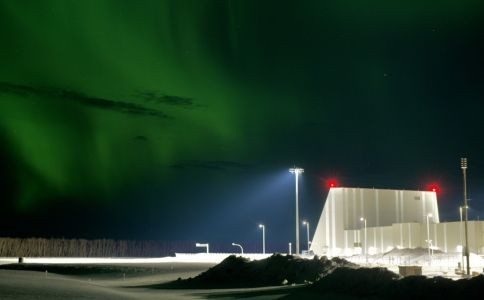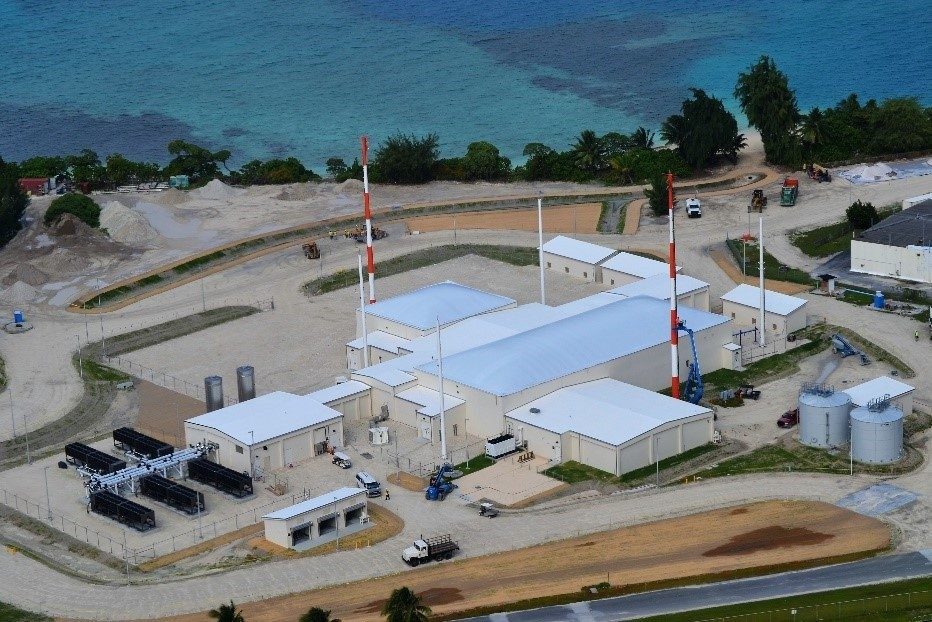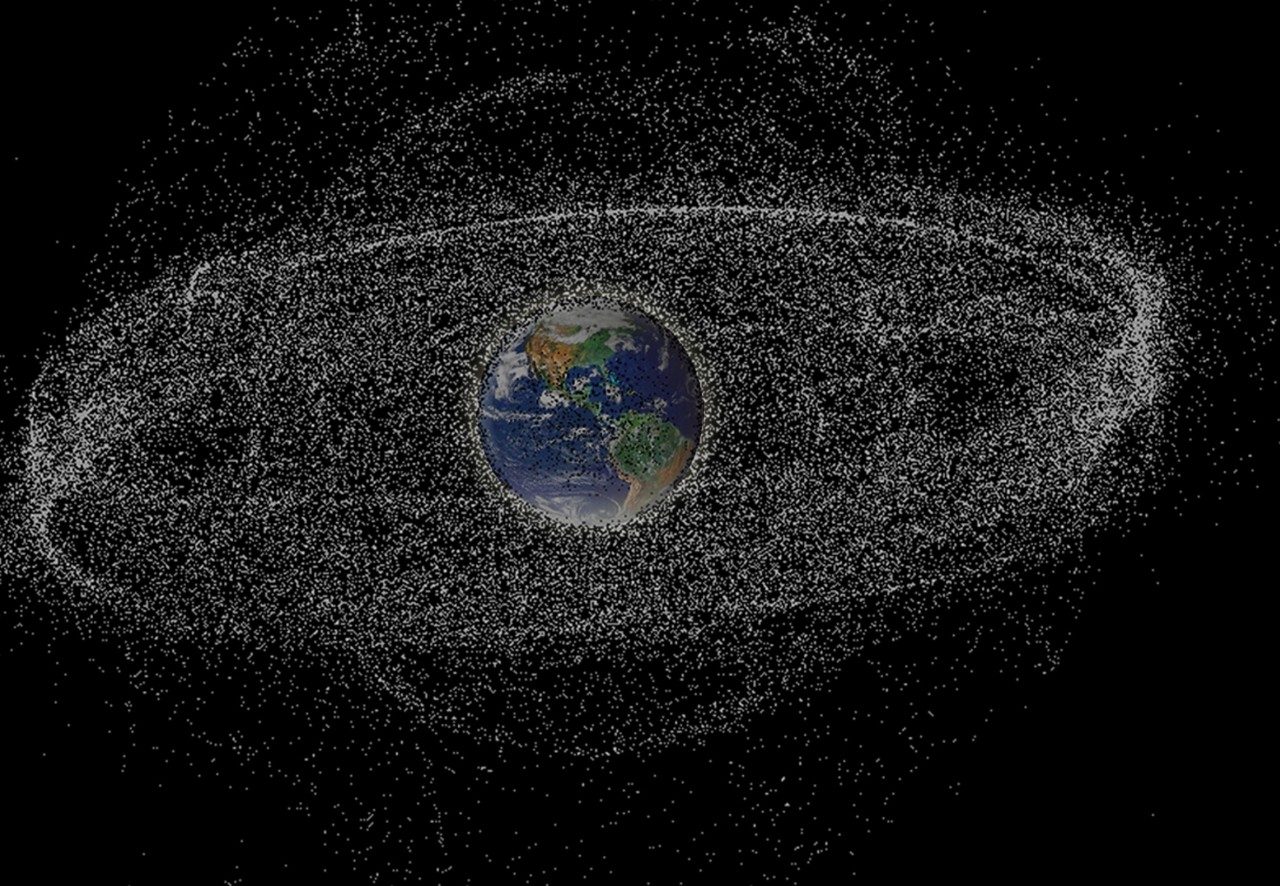Securing the Final Frontier:
Three Technologies that are Revolutionizing Space Domain Awareness
Once considered a tranquil final frontier, space has emerged as the latest—and arguably the most complex—domain for military operations.
Today, the U.S. faces numerous challenges in this new domain, from counterspace technologies and space debris to orbital congestion and adversaries' rapidly advancing space capabilities. The need for robust Space Domain Awareness (SDA) has never been more urgent, enabling the U.S. to monitor and safeguard its vital space assets, ensure the peaceful use of outer space, and maintain a technological edge in this critical domain.
The U.S. Space Force states that space domain awareness is “fundamental to achieving the Space Force’s cornerstone responsibilities of preserving freedom of action, enabling joint lethality and effectiveness, and providing independent options.”
Underscoring the importance, the Space Force doctrine states that “obtaining and maintaining domain awareness is fundamental to successful operations in any environment.”
So, how do government agencies lead and succeed in that “space”? With the most discerning radar technology and software known to mankind.

1) LRDR
LRDR, lauded for its primary mission of missile defense, serves a secondary mission for space domain awareness. In recent months, the radar successfully passed several space domain awareness events, confirming the radar’s warfighter capability for space domain awareness. These events are intended to provide early use to Space Force/SPACECOM, prior to completion of transition phase from MDA to Space Force which is planned for later this year. These events provide information for how the radar behaves during a stressing resident space object (RSO) environment and provides information for future capability upgrades.
The multi-mission software defined polarization-diverse radar provides better tracking and discrimination of threats in contested environments. Further, LRDR technology was leveraged and scaled for Lockheed Martin’s SPY-7 land and maritime radar product line, which includes the Japan Aegis System Equipped Vessel (ASEV), Canadian Surface Combatant and Spain F-110 Frigate. The SPY-7 product line has already successfully integrated with Aegis as part of program execution milestones and recently demonstrated the first live track with the ASEV AN/SPY-7(V)1 radar. A transportable version will be deployed in Guam.

2) Space Fence
Space Fence provides crucial support of military and commercial space operations and will provide long-term benefits for the United States and its allies. Building Space Fence in the remote Marshall Islands was a great engineering accomplishment and a huge advancement in radar technology to enable dramatically increased orbital debris awareness, critical to protecting national security assets in a complex 21st Century Security threat environment.
Space Fence is now actively tracking satellites and discovering objects as small as a marble in low earth orbit, making it a key contributor to U.S. Space Force’s Space Domain Awareness. Armed with more accurate and timely information about debris, satellite operators can make better informed decisions about how to expend precious resources to maneuver and avoid collisions. Before Space Fence came online, system operators were faced with less accurate debris estimates in addition to large quantities of untracked debris.

3) iSpace
Ready for the Future, Today
Staying Ahead of Ready is crucial as threats evolve at hypersonic speeds. The U.S. military and its allies need reliable, effective radar systems that can detect challenging targets and adapt to ever-changing landscapes. Lockheed Martin’s Radar Center of Excellence makes our sensors the top choice for more than 40 nations on six continents and all branches of the US military.




